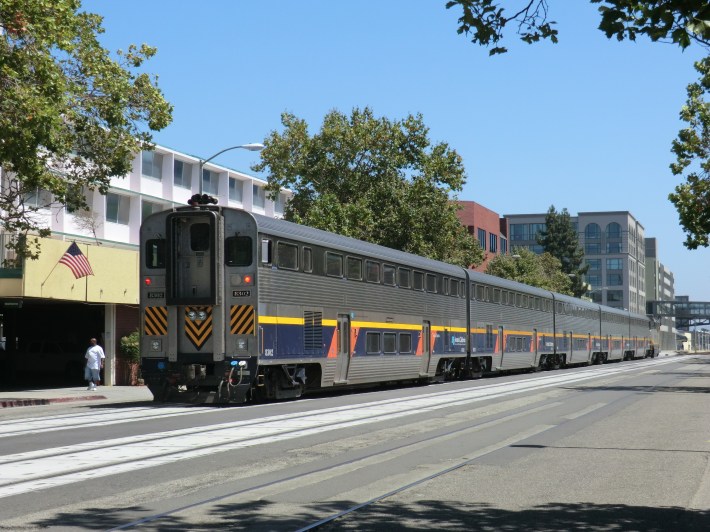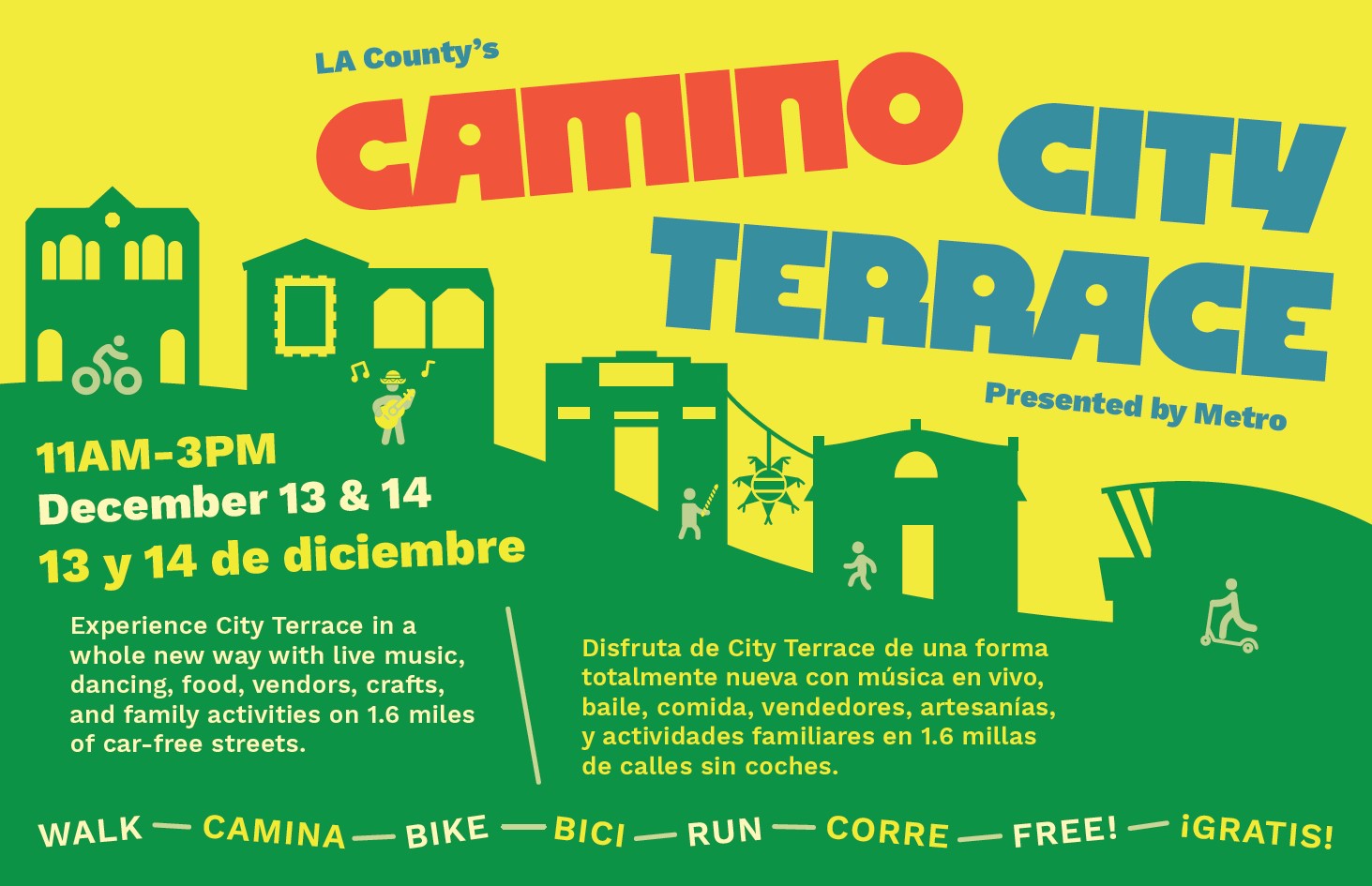
State agencies are seeking input on one more program that will receive funds from California's cap-and-trade system. Guidelines for the Transit and Intercity Rail Capital Program [PDF] were released in December. Two public workshops will be held next week to gather feedback, one in Los Angeles and one in Sacramento.
The stated goals of the program are to fund capital and operational improvements to transit and rail to reduce greenhouse gas emission, increase ridership, integrate the various existing rail services, and improve safety.
The first round of funding will allocate $25 million. Discussions at earlier workshops touched on whether there is enough money to make it worth rail agencies' time and effort to apply. However, future funding cycles are likely to get more funding as the cap-and-trade program is expected to bring in more money in the next five years.
The guidelines currently cover eligibility criteria, the application and evaluation processes, and the selection process.
The workshops will be held:
- Tuesday, January 20, 10 am, at the Los Angeles County Metropolitan Transportation Authority Board Room, One Gateway Plaza, third floor, Los Angeles. [Agenda PDF]
- Wednesday, January 21, 10 am, at the California State Capitol, Room 447 (historic building), Sacramento [Agenda PDF]
Comments may also be submitted here.
The draft guidelines are scheduled to be presented to the California Transportation Commission for approval at its January 22 meeting.
Email tips, alerts, press releases, ideas, etc. to melanie@streetsblog.org.
For social media coverage focused on statewide issues, follow Melanie @currymel on Twitter or like our Facebook page here.





